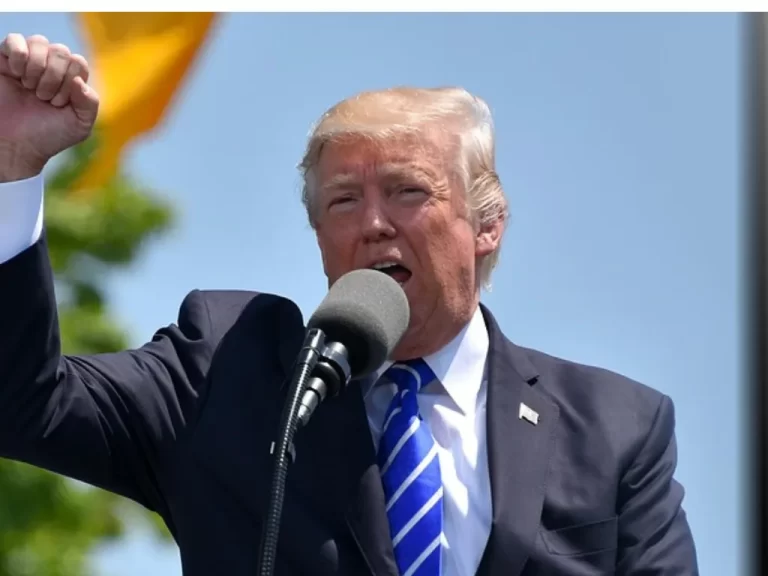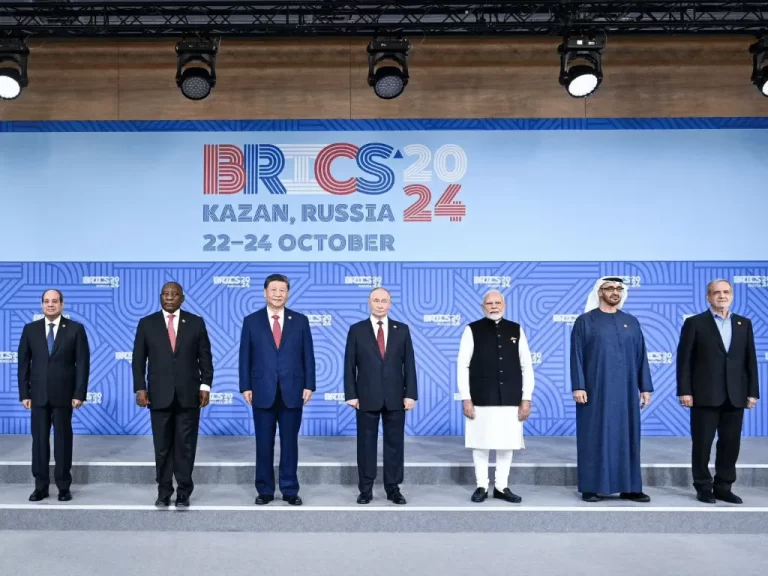By Tim Fox
March 24, 2024
Two months into the second Trump Presidency, and a sense of chaos and uncertainty has descended on the world triggered by the sudden and aggressive application of trade tariffs by the United States administration, as part of its America First Trade Policy, as well as by the US’ volatile and unpredictable steps aimed at resolving regional conflicts in Ukraine and the Middle East. Added to these sources of uncertainty are domestic economic worries in America, stemming from large-scale federal job losses, in addition to the potential inflationary consequences of tariffs on Mexican, Canadian, Chinese and European products entering the US. The apparent unilateral intention of the US to withdraw from the post-war global order has also raised wider existential questions about the future, about the nature of alliances and about power, and threatening to undermine trust in the dollar and the international trade system that took decades to build.
Not surprisingly financial markets have begun to reflect all these concerns sinking sharply, as talk of a ‘Trump recession’ is starting to take hold, raising questions about how the rest of the world economy will be able to avoid being hurt by a US-led downturn. The Gulf may not be directly impacted by many of these issues, but it is unlikely to be immune from indirect consequences, and considering the speed of recent events it is worth considering what the potential knock-on effects from Trump’s whirlwind on this region might be.
The second Trump Presidency started promisingly for the Gulf, with strong ties between the region’s leaders and the new President raising hopes of evolving commercial transactions, and the potential for new positive regional alignments, especially while Trump’s main focus was on tensions elsewhere especially over trade.
Although this region is not an explicit target of Trump’s tariffs it can still be affected by sanctions on specific sectors, such as aluminum and steel imports which were hit by 10 per cent and 25 per cent tariffs, respectively, regardless of origin, earlier this month. These products accounted for a relatively small amount of the regions’ exports to the US in 2024, but the overall hit to world trade from US-induced protectionism also must be taken into account. The fact that it is the US’ traditional allies and neighbors that are currently being singled out the most also serves as a warning about what might lie ahead for its non-traditional allies and partners if they do not faithfully toe the US line on key issues, especially where there is reliance on US finance, weapons and aid.
A complete review of US trade relations, from trade agreements to export controls, along with recommendations, is to be delivered in a comprehensive report due out by April 1st, with any changes likely to be implemented soon after, and with the whole world likely to be on tender hooks until then.
As this region is increasingly central to the world’s trading and logistics ecosystem, it is hard to hide from the likelihood that it will be affected by a downturn in world trade that results from retaliatory tariffs between the major trading-blocs. Alternative trade routes will likely be sought, probably with China, Asia and Africa, increasing the relevance of the BRICS grouping and initiatives like China’s Belt-and-road. But such ties will take time to develop, and Middle East countries will also face increased risks associated with volatile terms of trade, exchange rates and interest rates. The White House is widely believed to favor a soft dollar policy, which may counter some of the negative effects on export-oriented dollar-pegged GCC countries by making their exports more competitive, but this will depend on whether the policy is successful, with tariffs initially likely to boost the demand for the dollar and its price.
A weak dollar is not a panacea either, as it makes the region’s imports cost more, and may also compound risks to oil prices, which are already likely to weaken in the context of a widening trade war and a decline in demand. President Trump also sees weaker oil prices as a tool to bring Russia to the negotiating table over Ukraine. This will have direct effects on regional fiscal positions which are already becoming more vulnerable even at USD70pb, especially if any further oil price weakness is prolonged over time, which seems likely.
More broadly, it would seem to be only a matter of time before the growing gloom in the US begins to filter its way around the world. Recent data from the US showed consumer sentiment falling to its lowest level since 2022, while long term inflation expectations reached their highest in 32 years. With fears about unemployment also rising to their highest levels since the global financial crisis, bond markets are understandably jittery making the Federal Reserve’s job of setting interest rates harder. In this context businesses and consumers are likely to become more wary, with investment and spending being held back. How long this uncertainty will persist remains to be seen, but the speed of the downturn to date suggests it won’t be reversed quickly, with markets and investors including in this region already bracing for a long four years.
Tim Fox is a Partner at Capital Gate Advisors. An original version of this opinion editorial was published in The National




